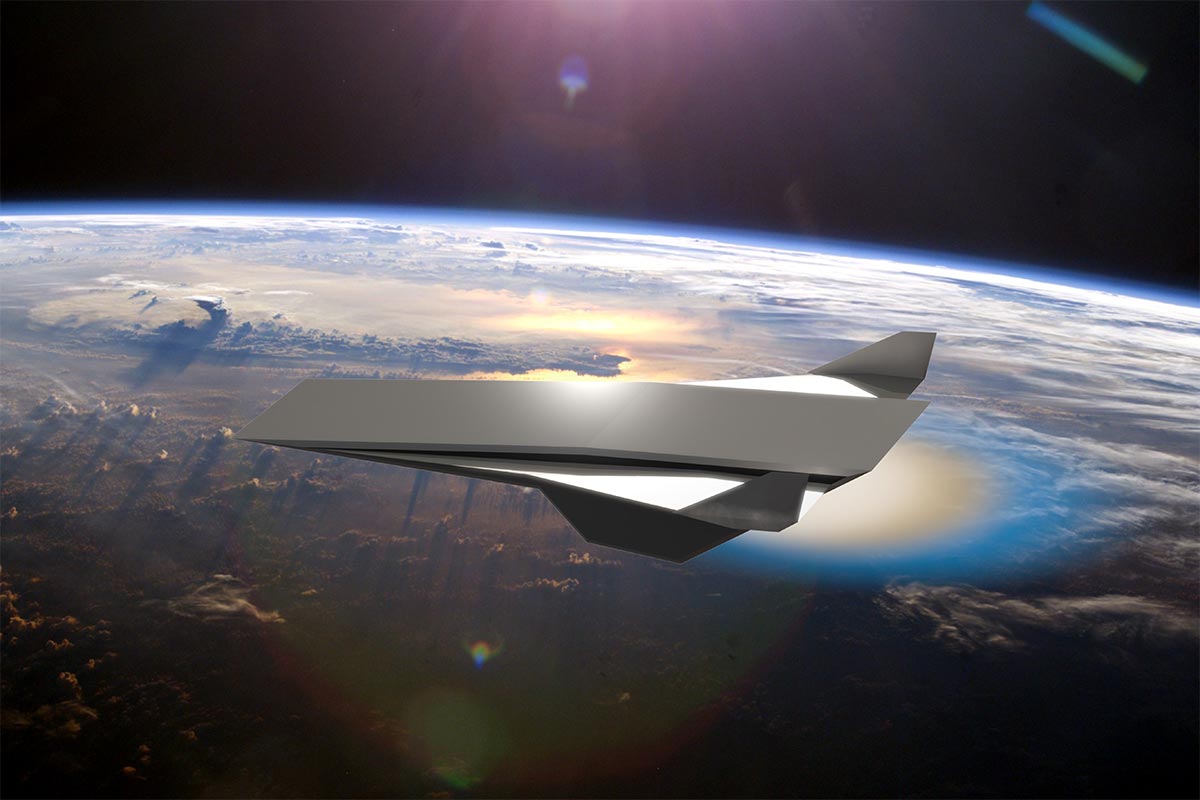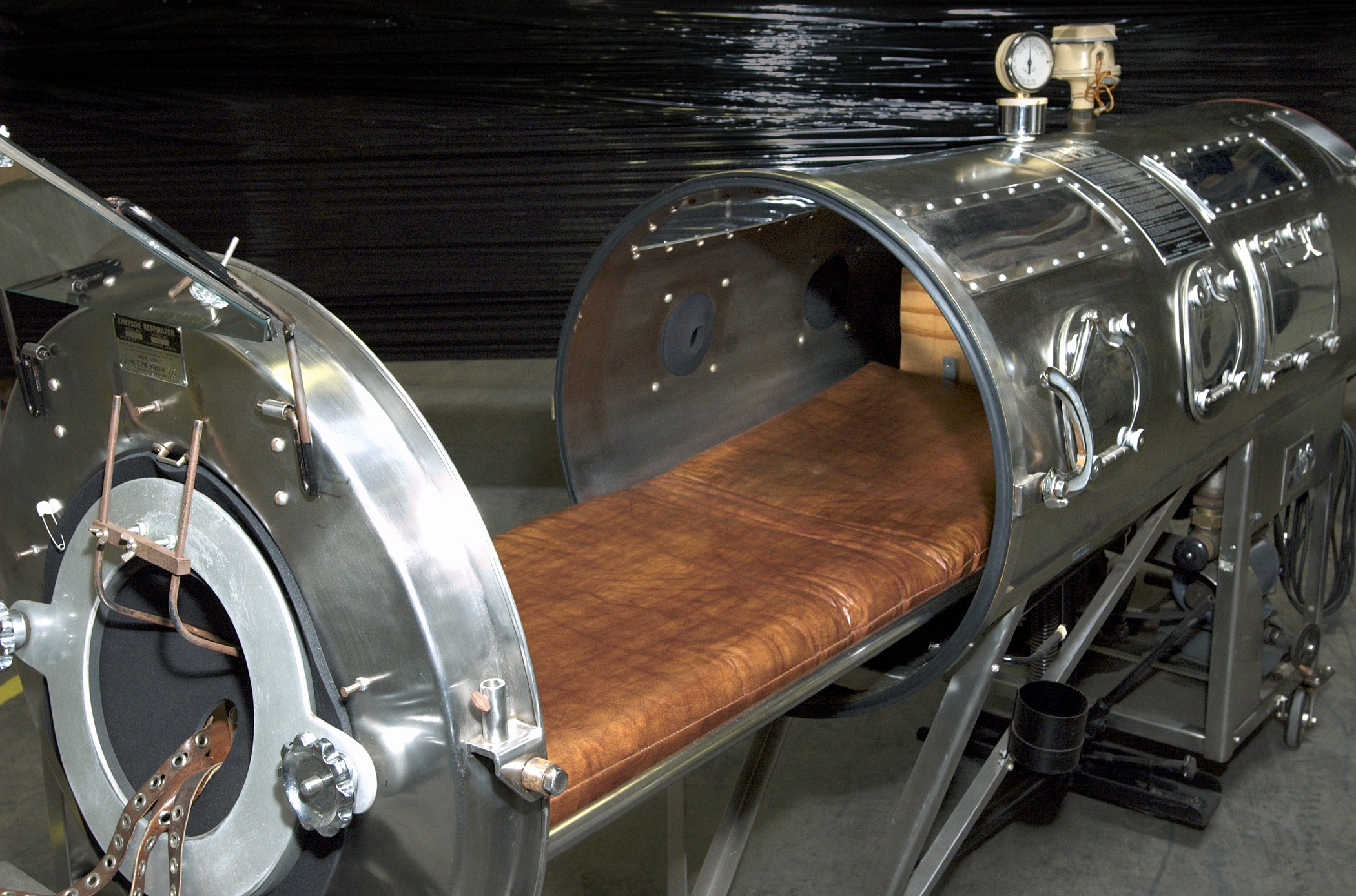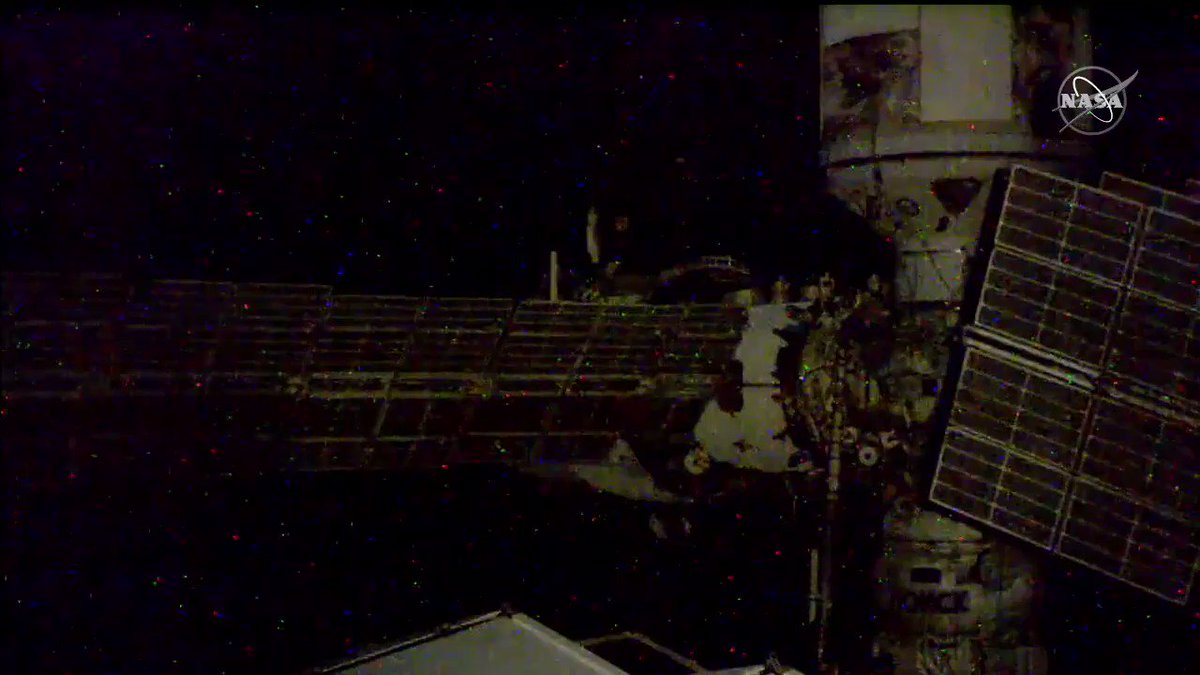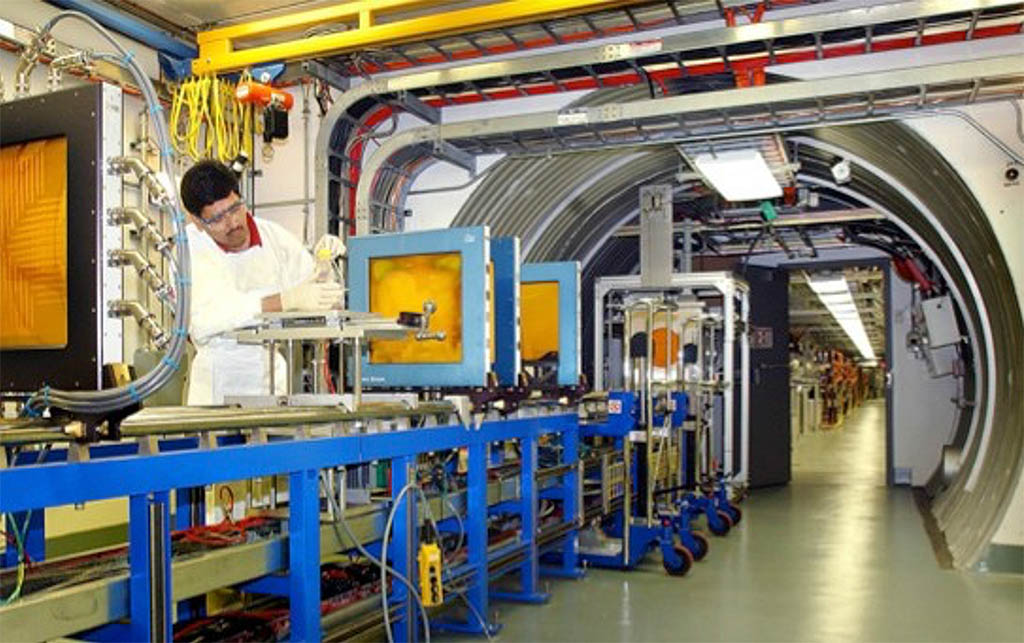
The Art of Air and Space | National Air and Space Museum
When you think about the National Air and Space Museum’s assortment of unquestionably memorable objects, a variety of different things may come to mind. Maybe it’s the 1903 Wright Flyer, the world’s first powered airplane; or the Bell X-1, the first aircraft to fly faster than the speed of sound. Art may not be at the top of your list. But, in fact, the Museum has had a robust art collection long before its opening in 1976. The collection forms a valuable lens through which to examine the cultural impact of twentieth century spaceflight and aviation.
A quick look at one particular portion of the art collection—composed primarily of paintings donated by NASA in the 1970s—can help illustrate how fine art is relevant to the Museum’s mission. In 1962, just four years after the National Aeronautics and Space Administration was created as a federal agency, James Webb established NASA’s Artist’s Cooperation Program. Modeled after the U.S. Air Force’s art program, Webb hoped that the agency’s commission of fine art would help communicate the cultural significance of the space program’s initial advancements. Administrators still needed to sell the idea that traveling to the Moon was a possibility to the tax-paying American public. NASA believed that artistic interpretations of its projects would offer less fleeting narratives than newspaper or television coverage. Thus, throughout the 1960s, several well-known American artists were periodically invited to document NASA’s early space-faring activities.
Throughout the Apollo program, a range of artists were given unrestricted access to NASA’s various facilities in order to collect usable reference materials. Artists like Norman Rockwell, Robert McCall, Fred Freeman, and Robert Rauschenberg all participated in the program, lending their images and reputations to NASA’s public engagement efforts in the years leading up to the Moon landing. After the conclusion of the Apollo program, the need for commissioned art seemed less acute, and throughout the 1970s the art program slowed. In 1975, Jim Dean, a founder of the NASA art program, along with Lester Cooke, a curator of paintings at the National Gallery of Art, played a key role in bringing the collection to the Museum under the guidance of Michael Collins, the director for the Museum at the time.























